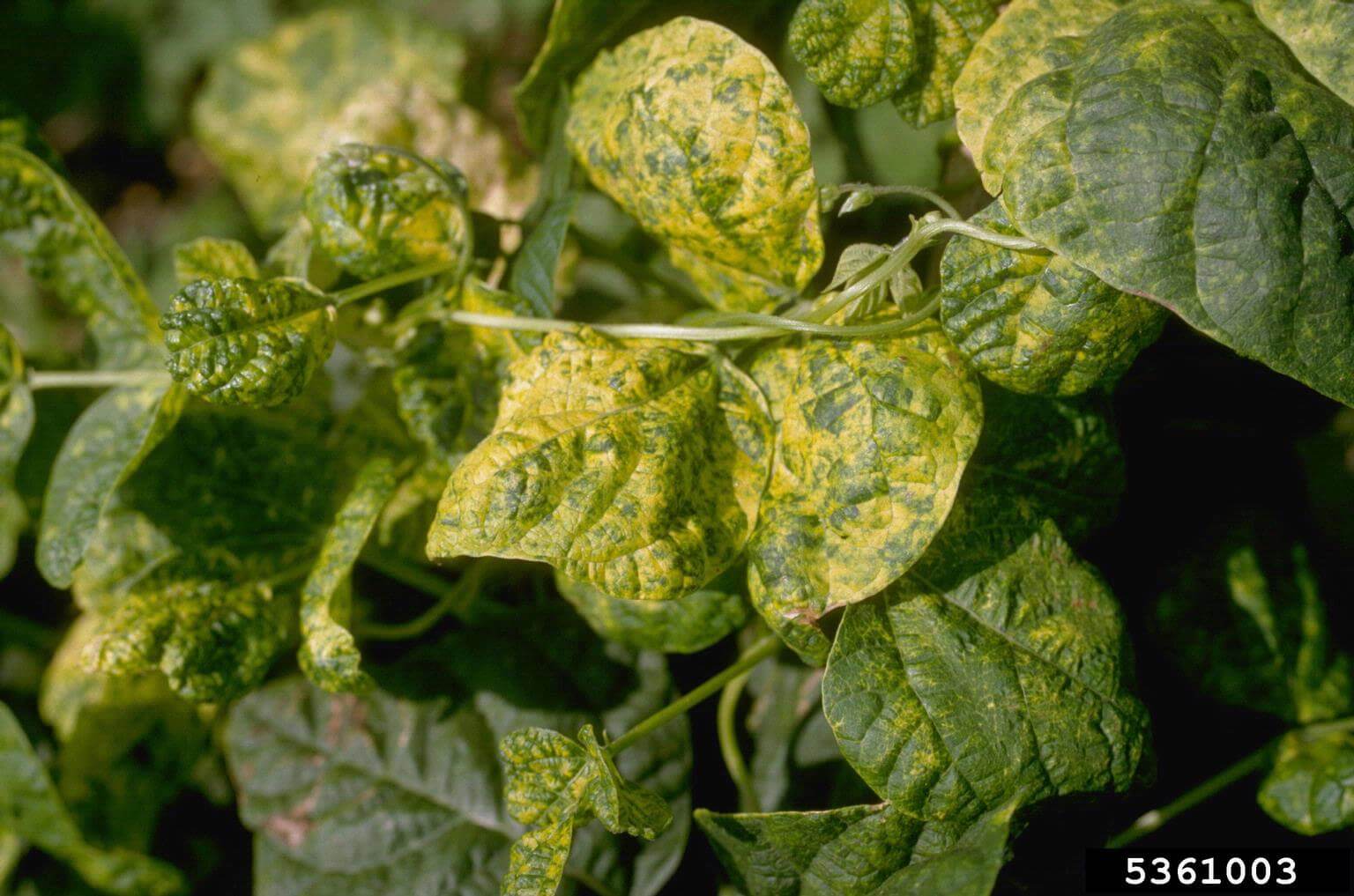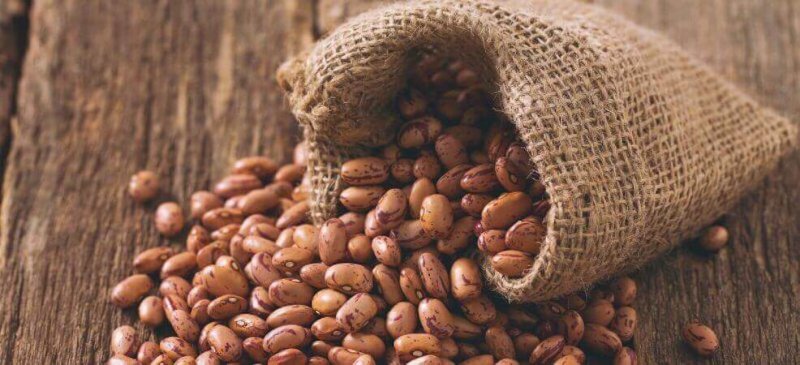The bean developed by the government-funded Embrapa can successfully resist the troublesome Bean Golden Mosaic Virus (BGMV), which causes losses estimated at 300,000 tons per year — enough to feed 15 million people.

International news agencies reported in March 2019 that common beans — the epitome of Brazilian cuisine and a primary source of protein for millions — had experienced a tremendous price increase that pushed the staple food into the realm of a luxury item. The hike was due to low production in a country where the average Brazilian consumes about 15 kilos (33 pounds) of beans annually.
In an effort to prevent these types of food crises, which adversely affect the country’s poorest consumers, public sector institutes have been working on biotechnology solutions. Despite a path full of obstacles, Emprapa was able to develop GM beans resistant to BGMV.
About 70 percent of Brazil’s beans are produced by smallholder farmers, who often lost 40 to 100 percent of their crop to the virus. In an effort to control the whitefly that spreads the disease, farmers often applied insecticides 15 to 20 times during the growing season.
Francisco Aragao, lead scientist of the project and senior researcher of Embrapa, declared that farmers growing the GM bean are expected to see a 28-to-78 percent increase in profitability while reducing pesticide applications to just three per season. If even 30 percent of Brazilian farmers adopt the technology, they could achieve increased profits of US$200 million annually, he said.
After completing a 20-year development and regulatory journey, and being approved for commercial cultivation, the GM bean is now available in supermarkets.
Brazil is the second-largest producer of biotech crops in the world with 104 events approved and 53 million hectares planted in GM crops, primarily soybean, corn and cotton. The new biotech bean represents good news for the public research area, since it shows that it’s worth investing in regional varieties that provide a solution to regional problems, opening the door to more varieties to be improved.
Public sector research could get an additional boost by taking advantage of the Brazilian regulatory framework that considers most gene-edited crops conventional products and thus exempt from the lengthy regulatory process required for genetically modified crops.
Aragao reported previously that he and his team are continuing to work on improvements for this Brazilian bean and are already integrating new gene editing technologies to give it greater drought tolerance, among other phenotypic characteristics. They are also incorporating new crops in their efforts, such as GM lettuce and castor beans.
The expanded public sector research could also be a boon for Brazil’s food production system and 4.4 million family farms, which have been largely ignored by big companies focusing on major commodity crops.
Luis Ventura is a biologist with expertise in biotechnology, biosafety and science communication, born and raised in a small town near Mexico City. He is a Plant Genetic Resources International Platform Fellow at the Swedish University of Agricultural Sciences. Follow him on Twitter @luisventura
A version of this article was originally posted at the Cornell Alliance for Science and has been reposted here with permission. The Cornell Alliance for Science can be found on Twitter @ScienceAlly































